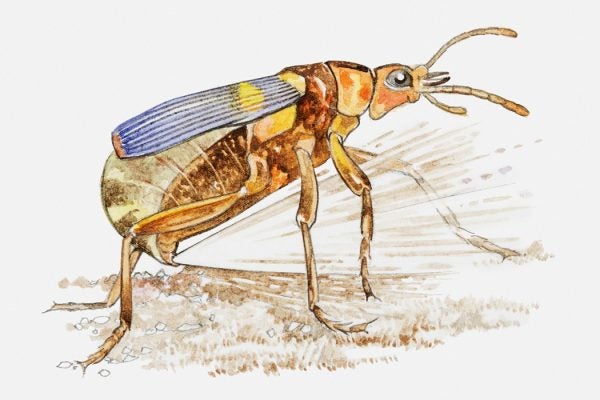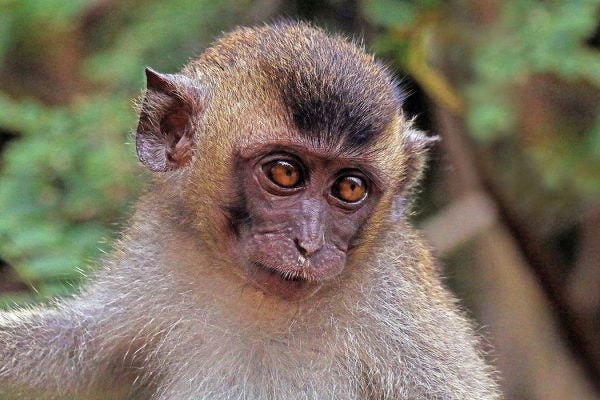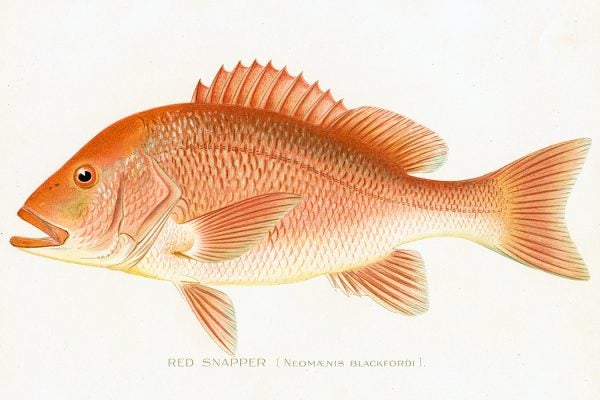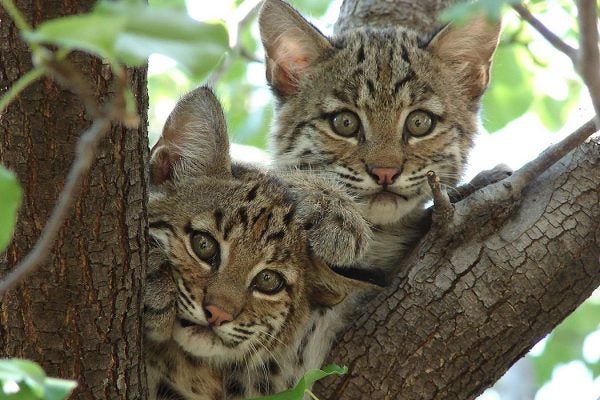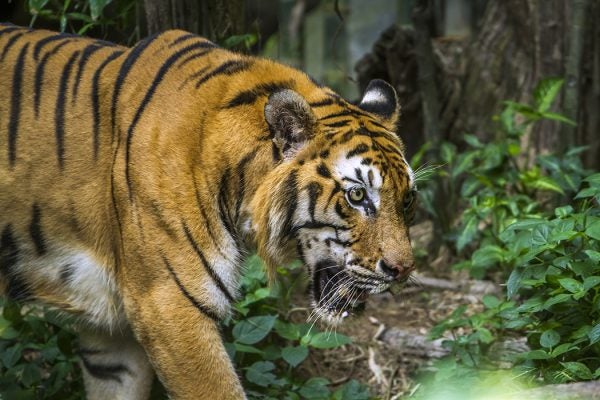The Other Side of Beatrix Potter
Beatrix Potter's biography covers a lot more than just cute bunnies getting into trouble in mean old Mr. McGregor's farm. Not that there's anything wrong with that.
Why We Still Use “Horsepower”
Horses were omnipresent in the West until only a few generations ago, but then they were replaced by machines and disappeared from our streets as well as our consciousness.
Bombardier Beetles Are Terrifying Nightmare Insects
In a world full of wild insect defenses, bombardier beetles stand out for the violent chemical reaction they employ to deter enemies.
Should We Fear Cloning?
Recently, two baby monkeys were cloned—the first time primates have been successfully duplicated. Why are we so afraid of human cloning?
The Unexpected Result of Australia’s Dingo Fence
The story of dingoes in Australia is the first recorded case where an introduced predator has taken on such a functional role in its adopted ecosystem.
How Wild Animals Self-Medicate
The range of animals known to make use of available medicinal materials includes orangutans, dogs, parrots, spider monkeys, lizards, and lemurs.
Fish Are Smarter Than You Think
Fish intelligence? Yes, many studies have documented the ability of fish to learn from their environment. Fish exposed to a more complicated environment have an edge in learning.
Fighting Wildlife Crime With Forensic Genetics
How can law enforcement officials help save endangered animals from poachers? Techniques of forensic genetics used in human crime scene analysis are entering the fray.
How War Affects Wildlife
A multi-decade study of wildlife in Africa found that armed conflict—even infrequent, low-level conflict—was enough to cause declines in a wide range of wildlife populations.
When Crown-of-Thorns Starfish Attack
Australia's iconic Great Barrier Reef is facing a threat from a massive outbreak of crown-of-thorns starfish.


